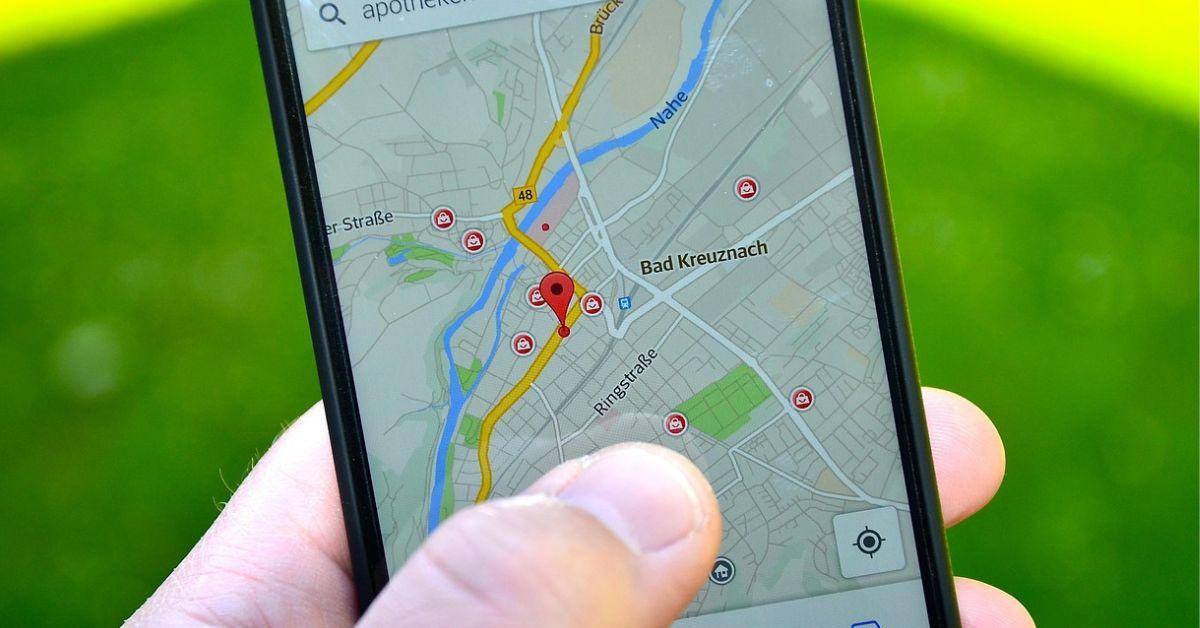
If your business wants to get found by people nearby, location pages are one of the best tools you can use. These pages help customers find your local offices, stores, or service areas. They also help your website show up on Google, Google Maps, and even on tools like ChatGPT and Perplexity.
In this guide, you’ll learn why location pages matter, what to include on them, how to track results, and how to make them work for both search engines and AI tools.
At Gray Coyote Digital, we’re a Houston-based web design agency that helps businesses across the U.S. create powerful websites that drive results. We work remotely, so we can help you no matter where you’re located.
What Is a Location Page?
A location page is a web page that focuses on a specific city or physical location. If your business has one office in Denver and another in Austin, each one should have its own location page.
These pages give users the info they need to visit, call, or work with you. But more importantly, they give Google the signals it needs to rank your business in local search results.
Why Location Pages Matter for Local SEO
Local SEO is how your business shows up when someone searches for things like “dentist near me” or “limo service in Dallas.” Google wants to show the most relevant and nearby results first. That’s where location pages help.
Here are a few reasons why they matter:
They help you appear in the “local pack” (the map with 3 businesses).
They help you rank for searches with the city name.
They give customers clear information about your business.
They improve trust by showing reviews and local content.
They support your Google Business Profile (GBP) listing.
If you want to rank better locally, a strong location page is one of the first steps you should take.
What Every Location Page Should Include
Not all location pages are the same. Some are short, others are long. But the best ones all include key elements that help both people and search engines.
Let’s look at what your page should have.
1. Page Title and Meta Description
Make sure each location page has a unique title and description. These show up in search results and help users click.
Example:
Title: “Pineview Dental – Dentist in Austin, TX”
Meta Description: “Visit Pineview Dental in Austin, Texas. We offer family-friendly care, same-day appointments, and easy online booking.”
2. Heading with City Name
The first big headline (H1) on the page should include the city or neighborhood. This helps both readers and search engines understand where your services are.
3. Name, Address, and Phone Number (NAP)
Your NAP should be correct and consistent. It must match what’s on your Google Business Profile and other listings.
Tip: Put the NAP in plain text and in your page footer too.
4. Embedded Google Map
Add an interactive Google Map so users can easily get directions. This also signals to Google that you serve that area.
5. Local Content
This is where you stand out. Include details like:
Driving directions
Nearby landmarks
Parking info
Local team bios
Location-specific services
Photos from that location
The more unique, the better.
6. Reviews and Testimonials
Add customer reviews that are specific to the location. If you have Google reviews for each office, link to them.
7. LocalBusiness Schema Markup
Schema helps search engines understand your content better. Use LocalBusiness or Service schema on every location page. Include your business name, address, phone, hours, and more in the code.
8. Calls to Action (CTAs)
Tell visitors what to do next. Add buttons to:
Call your location
Book an appointment
Fill out a form
Get directions
How to Track Form Submissions and Phone Calls
You can’t improve what you don’t track. So every location page should include tools that show how people are using it.
Call Tracking
Use dynamic number insertion (DNI) to show a tracking phone number based on where the visitor came from (like Google Search or Facebook). Tools like CallRail or Call Tracking Metrics can help you do this while keeping your NAP consistent in code.
Set up goals in Google Analytics or GA4 to track how many calls you get from each location page.
Form Tracking
Add UTM tags to form buttons or use hidden form fields to track which location page a lead came from. This helps you see which city is driving more contacts.
Use event tracking in Google Analytics to track clicks on phone links, maps, and CTAs.
Where to Use Location Page URLs in Business Listings
Once your pages are ready, it’s time to connect them to your local listings.
Google Business Profile (GBP)
Each GBP listing should link to its matching location page, not your homepage.
Citations
Sites like Yelp, Apple Maps, Bing Places, and industry directories should all use the right location page as the main website link.
Make sure your NAP is exactly the same across all listings. Even a small difference can confuse search engines.
Optimizing for ChatGPT, Perplexity, and AI Overviews
AI tools are changing how people find local businesses. Tools like ChatGPT, Perplexity, and Google’s AI Overviews pull from trusted sources and structured data.
So how do you make sure your location pages show up?
Use Clear and Factual Information
These tools love facts. List hours, services, staff names, service areas, and contact info clearly.
Add FAQs
Include local FAQs with short, clear answers. Then, add FAQ schema to help AI tools understand them.
For Example:
Q: Do you offer emergency dental care in Austin?
A: Yes, we offer same-day emergency visits at our Austin office.
Keep Content Consistent
Make sure your location page, your GBP, and your citations all say the same thing. Inconsistent info can keep you out of AI summaries.
Use Structured Data
AI tools prefer pages that include schema markup. Add LocalBusiness schema and FAQ schema to help these tools pull your data.
Other Local SEO Tactics That Support Location Pages
Location pages are just one part of local SEO. Here are a few more things that help:
Google Business Profile
Make sure each location has its own verified GBP. Add photos, updates, services, and posts often. Ask for reviews regularly.
Local Backlinks
Get links from local sites like news outlets, event listings, local blogs, or your Chamber of Commerce. These help show Google that your business is trusted in the area.
Reviews
More reviews, especially with keywords and local info, help build trust and improve rankings. Encourage happy customers to leave feedback.
Mobile Optimization
Most local searches happen on phones. Make sure your location pages are easy to use on all devices. Fast load times matter too.
Internal Linking
Link from your homepage, service pages, and blog posts to your location pages. Use anchor text like “Pediatric Dentist in Chicago” or “Plumbing Services in Miami.”
Mistakes to Avoid
Let’s talk about what not to do. These errors can hurt your local SEO and confuse users.
Using the same content across all locations
Not including a Google Map
Forgetting schema markup
Linking all citations to your homepage
Not adding tracking to phone numbers and forms
Not updating pages regularly
Ignoring calls to action
Avoiding these mistakes can save you time and lost traffic.
Real Results from Better Location Pages
When you build strong location pages, here’s what can happen:
More phone calls and contact form leads
Higher rankings in Google and Maps
Better conversion rates from local searchers
More reviews and local trust
Better visibility in tools like ChatGPT and Google’s AI results
Make Your Local SEO Work Smarter
If you want more calls, more leads, and more local customers, location pages are the way to go. They give people the info they need. They also give search engines the signals they want.
Whether you have one office or fifty, building strong location pages can set you apart from the competition.
At Gray Coyote Digital, we build smart, simple websites that help businesses grow. We’re based in Houston, Texas, but we work with clients in any city across the U.S. If you need help building or fixing your location pages, we’re here to help.
Let’s get your business found in every city you serve.
